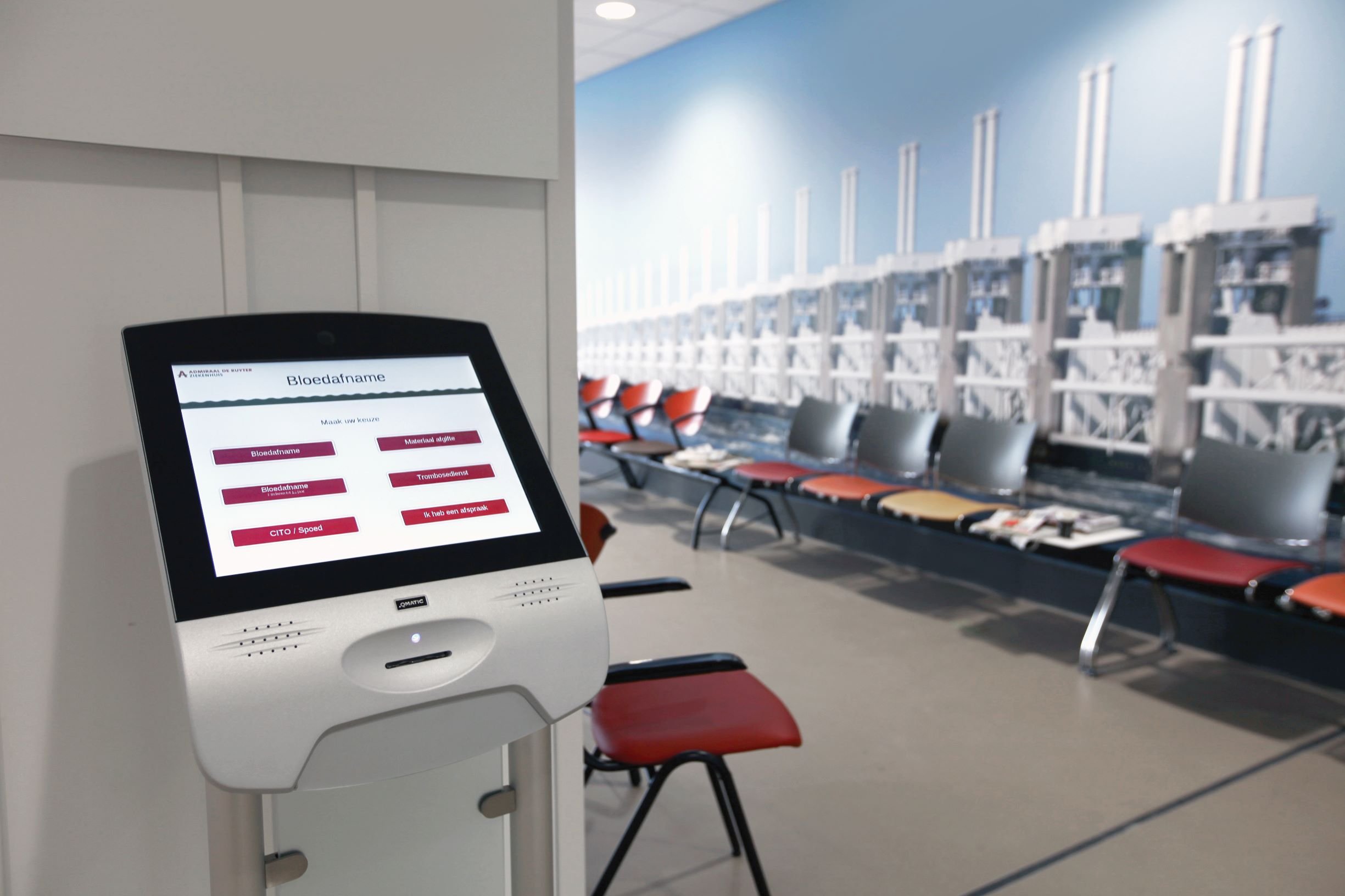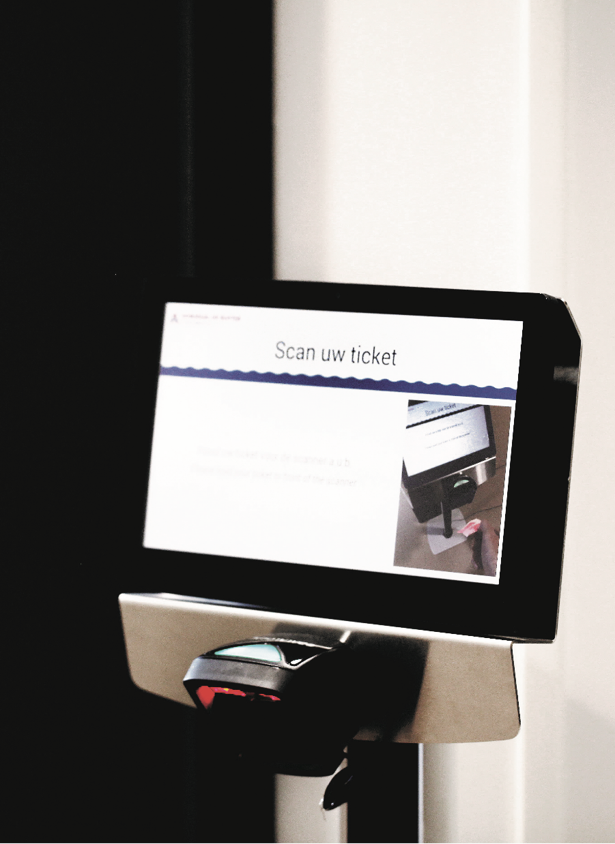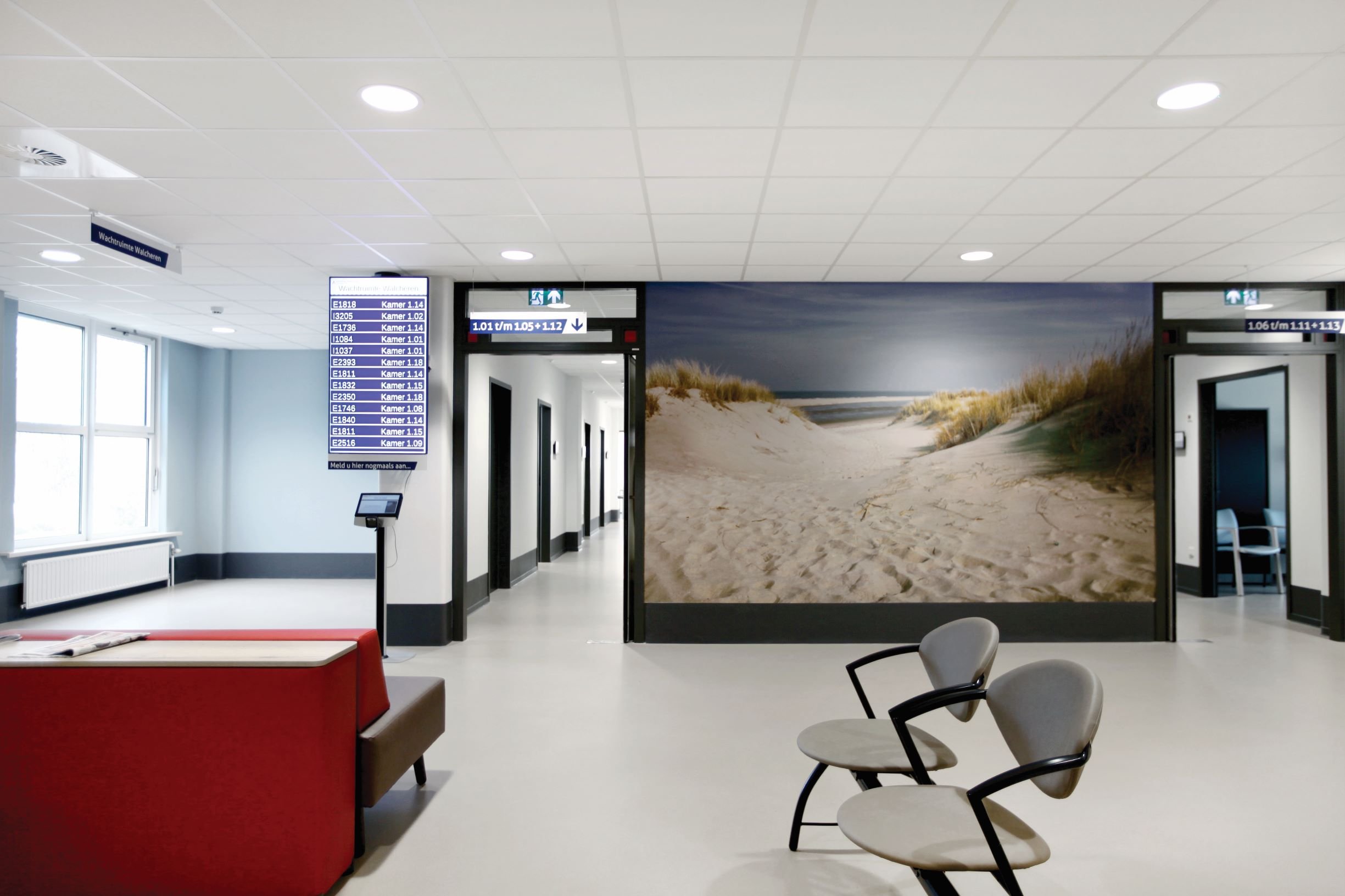No hospital in the Netherlands is more typical of Zeeland than the ADRZ (Admiraal de Ruyter hospital). This is certainly true of the name, as the organization is named after Michiel de Ruyter, a famous admiral born in Vlissingen, Zeeland.
Like many of its peer hospitals, the ADRZ faced the need for renovation. And, just like many similar hospitals, it proved difficult to finance it through traditional channels. The solution to this was crowdfunding. More than 10 million euros were ‘collected’ in total, while the other half of the investment was financed by the banks. This exceptional structure resulted in a patient-friendly hospital with optimized patient flows.
ADRZ - By, and for, the people of Zeeland, Netherlands.
“We purchased and revitalized our location through crowdfunding”, said Program Director Natasja Mariman at ADRZ, “We can safely say that we are a hospital for and from the people of Zeeland. It was an unconventional construction, but it rescued the organization. Hospitals currently have such an unfavorable risk profile that it is difficult to fund large-scale renovation projects with bank loans.”
Although the hospital has “shrunk” – part of the original site now is a commercial area – it has become more patient-friendly. Mariman stated, “An area of around 20,000 m2 is leased to organizations that have links with the medical sector, such as physiotherapy practices, orthopedic shoemakers, and so on. Of course, this is very convenient for patients.”
Bricks, bytes, behavior
“I’m totally convinced that is not the size of a building that is its saving grace. A building is not an end in itself, but a means of supporting processes – in our case, the patient process. We “wrap”’ that process up in a building and support it with digitalization and professionals. In other words, bricks, bytes and behavior are what you can use to fine-tune the desired changes.” The customer-journey technology implemented by Qmatic has interfaces to all three dimensions. “A customer journey is first of all, of course, a physical process: patients move within a building (bricks). The route they take, however,
is partly determined by smart algorithms (bytes). This is where technology comes into play. It is also important, naturally, for hospital staff to be able to work effectively with the customer-journey platform (behavior).”

Management information
One of the new features Qmatic has introduced is calling in patients from a decentralized waiting room. Mariman stated, “When patients arrive, they go to the Qmatic kiosk. After entering the purpose of their visit, they are invited to take a seat in the central waiting area. They are then invited to go to the decentralized area. The last call is to go to the consultation room. This automated process also provides the opportunity to gather
management information, for example on waiting times. But it is also useful for patients themselves.” Mariman explained, “Suppose a new doctor has started working in the hospital. You may expect that doctor to need more time for each patient – to introduce
themselves, ask more questions, and so on. Because we can now monitor this type of information, we are better able to manage patients’ expectations, for example, by communicating how much longer they need to wait. Although we don’t do that yet, it is definitely near the top of our wish list.”
Effective use of resources
Another benefit of the Qmatic platform is that doctors can see which patients are in which consultation room at a given time. “This is essential, since we no longer work with “fixed” consultation rooms. Because we have less floor space, we have to use our resources more effectively, and this includes the consultation rooms. In the past we used to have empty consultation rooms, for example, if a doctor was on vacation or had a day off. We can use this capacity to manage the patient flow dynamically. Doctors are now “working flexibly” in the consultation rooms, and our calling system helps with that process. The appointment itself is recorded at the individual patient level. An added advantage of this is that you never have the wrong patient records. For some doctors, this new way of working will take some getting used to. Although many doctors like it, some of their colleagues prefer to collect their patients in person so that they can immediately match a face to the name.”
Equivalent of Booking.com for healthcare
In Mariman’s view, implementing the Qmatic system is not an end in itself, but part of an umbrella ‘master plan for healthcare’, “I want us to become the equivalent of Booking.com for healthcare. Hospitals currently schedule operations mainly on the basis of OR capacity. It seems logical – the room does need to be available, after all – but there’s actually much more to it. Think of preoperative screenings, for instance, but also aftercare and, of course, an available bed. Our platform can already indicate when all of these conditions are met, but the output is still a notification to the patient: 'You can come on such date and at such time', this is good, but I want the process to be more proactive. A patient must be able to schedule a date and a time themselves, like with Booking.com. Patients can choose a time that suits them, for example, because a relative can bring them in. For people who aren’t that mobile, this avoids a lot of hassle and stress,” Mariman stated.

A seamless patient flow
Although many healthcare institutions use Qmatic’s services to manage outpatient flows, the ADRZ has chosen to optimize all patient flows. “Including the clinical flow – Qmatic appears to be able to provide outstanding support in this area. In the past, patients were admitted in the morning. As soon as their OR program started, they became care-dependent, with all the medical attention that entails. But this is not necessary, certainly not in the case of minor operations. We have now opted to admit these people to an OR lounge. They check in at the Qmatic kiosk and are invited to go to the OR lounge, where the admission takes place and they can change clothes. Then they walk to the bed in the holding area themselves. Qmatic makes it possible to guide patients to the OR in a pleasant, human and cost-effective way. I’ve had this idea in my head for a while, and now I’ve turned it into reality with Qmatic. The patients themselves are extremely happy with this new procedure, and it also saves them time and frustration. Take people who need a cardioversion, for example. They used to have to undress and lie down in bed. But if their blood test was not good, they would have to get dressed again and leave. With Qmatic, we were able to change that procedure. Now they first go through a variant of the outpatient route. Only when all systems are go – the patient has not eaten, their blood test is good – do they proceed to the OR lounge. And if anything is not in order, they can go home again quickly.”

Watch our Customer Story [in Dutch]